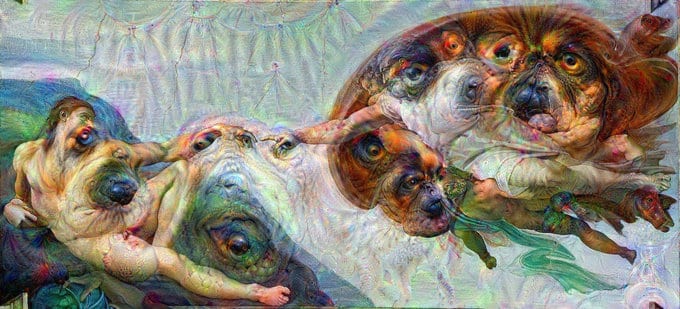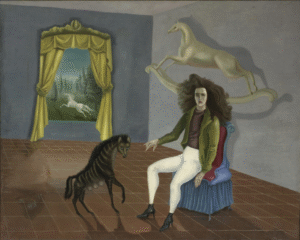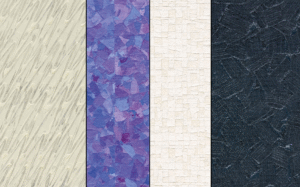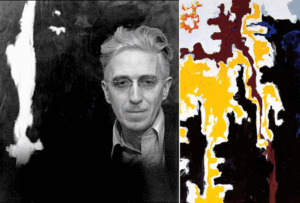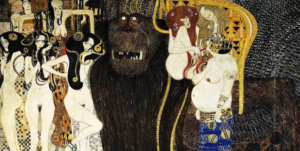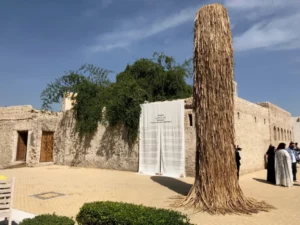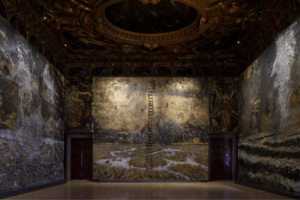Inspired by the way biological nervous systems work, Artificial Neural Network (ANN) will be one of the most important information processing paradigm since the invention of the computer.
ANN is a method of computing that imitates the functions of a human brain. Neural units are connected to each other allowing the network to learn and solve complex tasks such as speech recognition and machine translation.
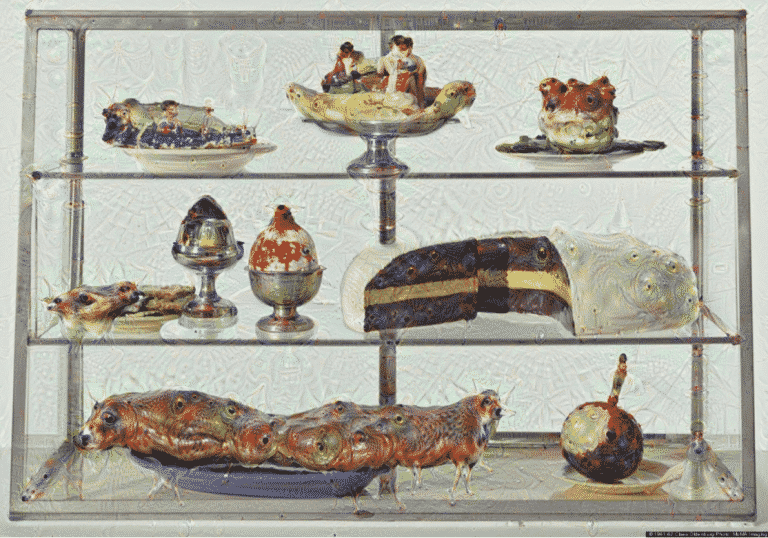
This form of machine learning is the reason why computers today are doing extraordinary things. They’re composing classical music, writing sonnets, and even creating art. In fact, an algorithm makes it possible for computers to mimic the painting styles of great painters like Picasso and Van Gogh.
Software engineers developed a method to provide computers more creative power with an algorithm that problem solves and allows a conventional computer to analyze visuals. Neural networks learn by examples and are composed of a vast number of interconnected processing elements called neurons that work in parallel to solve a specific problem – much like how our brain works.
Neural Algorithm of Artistic Style
In 2015, Germany’s Tübingen University’s Leon Gatys, together with colleagues from Switzerland and Belgium, designed the Neural Algorithm of Artistic Style. The engineers used a pre-trained neural network and taught the machine to combine pairs of images such as a photo and a famous painting. The neural network successfully transferred the style of the painting to photos uploaded by users thanks to the new algorithm.
“The system uses neural representations to separate and recombine content and style of arbitrary images, providing a neural algorithm for the creation of artistic images,” said Leon Gatys.

Art by Artificial Intelligence
And in Paris, artist Mario Klingemann describes himself as a “neurographer” who makes art using artificial neural networks. As a prominent member of the Google Cultural Intitute in Paris, he has built art-generating software by feeding imagery from photos, video, and line drawings into code. To date, his biggest project for Google has been an interactive online installation uses image recognition to identify visual connections between any two images from a vast collection that covers thousands of years of art history.
As neural networks acquire new skills, it’s feasible that they will not only produce their own versions of the visual content uploaded by people, but they may someday have the ability to start creating original art of their own. However, the question remains – is this genuine art? And could human creativity someday be replaced by computer programs that can not only churn out artwork in 60 minutes or less but are also “smart” enough to manipulate and separate an image’s style to produce new and arguably as meaningful creations?

